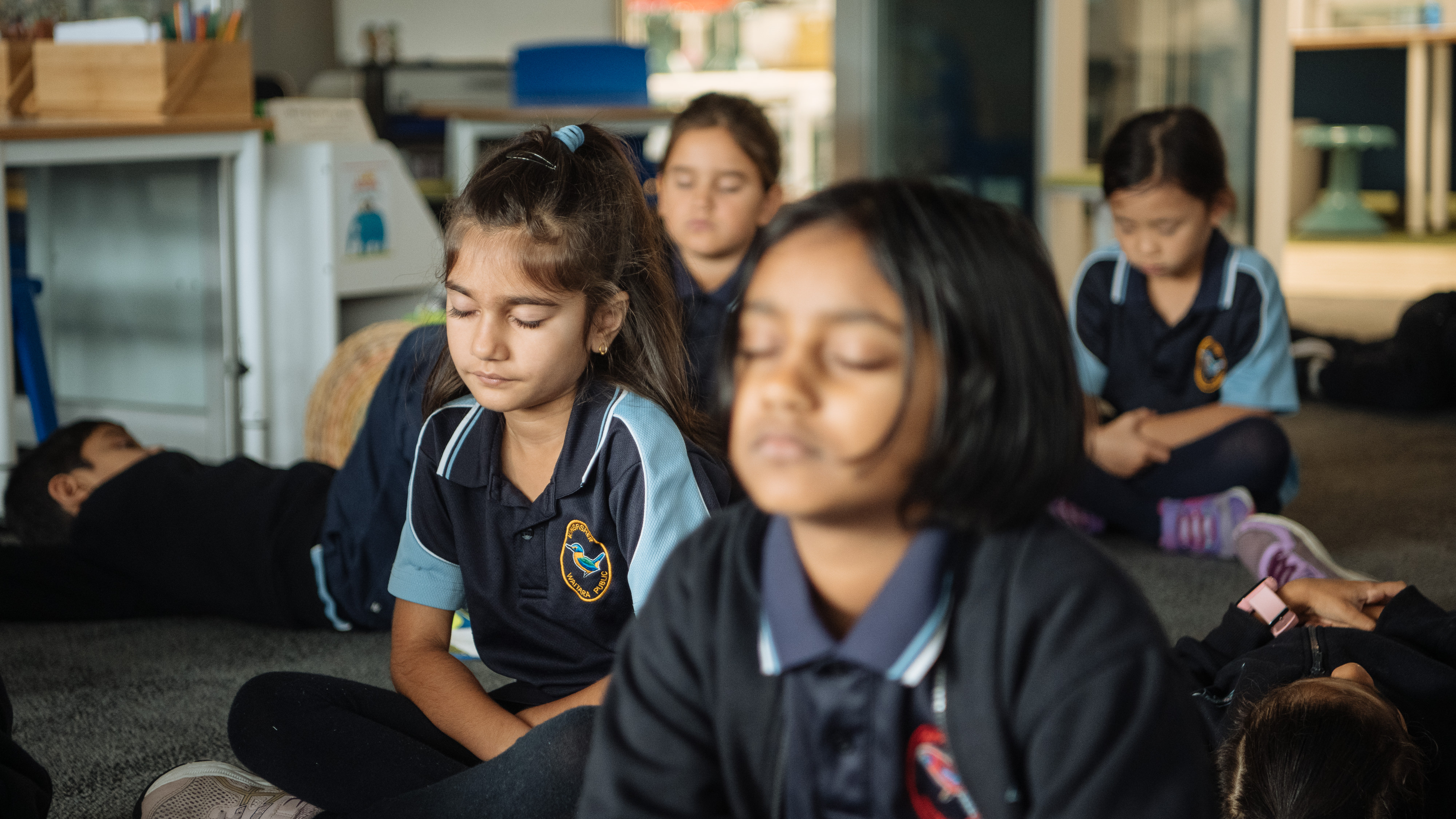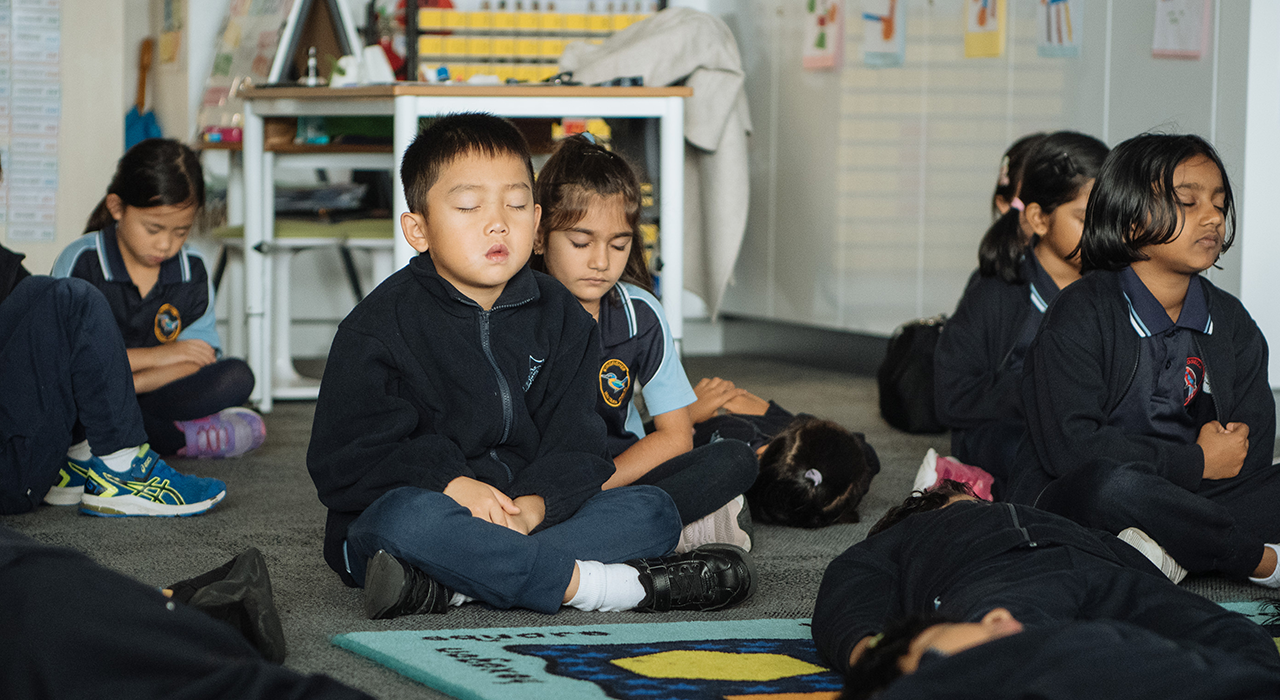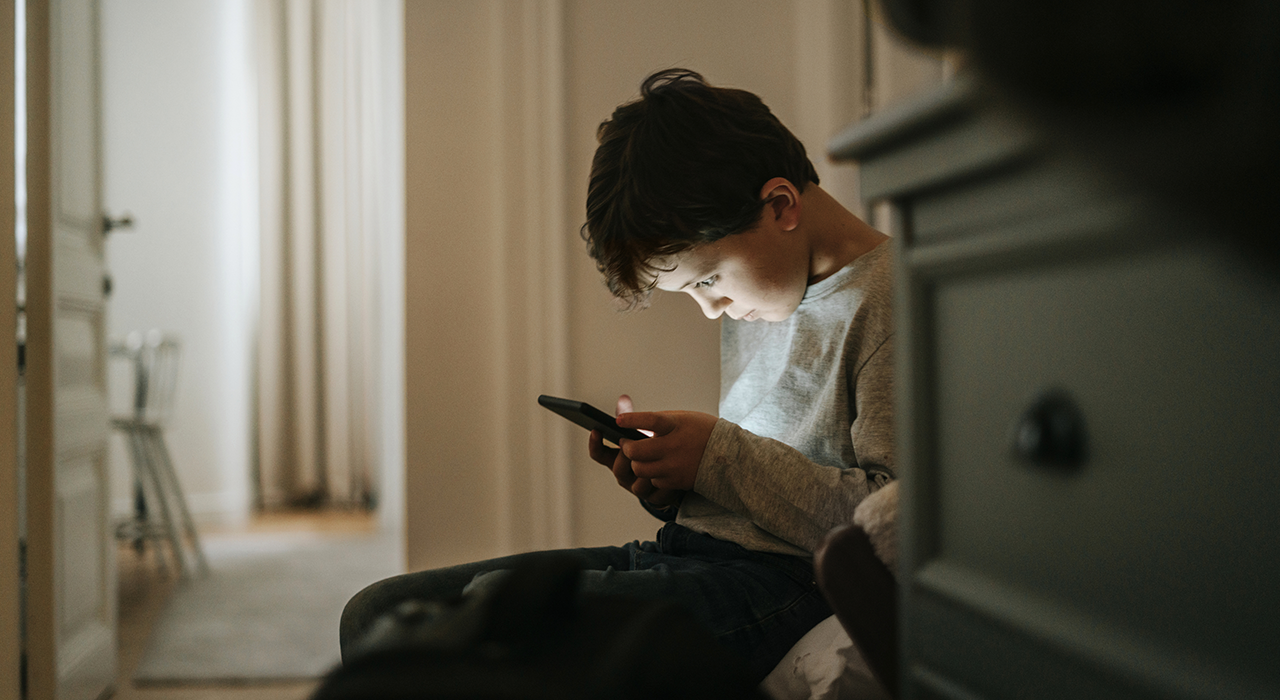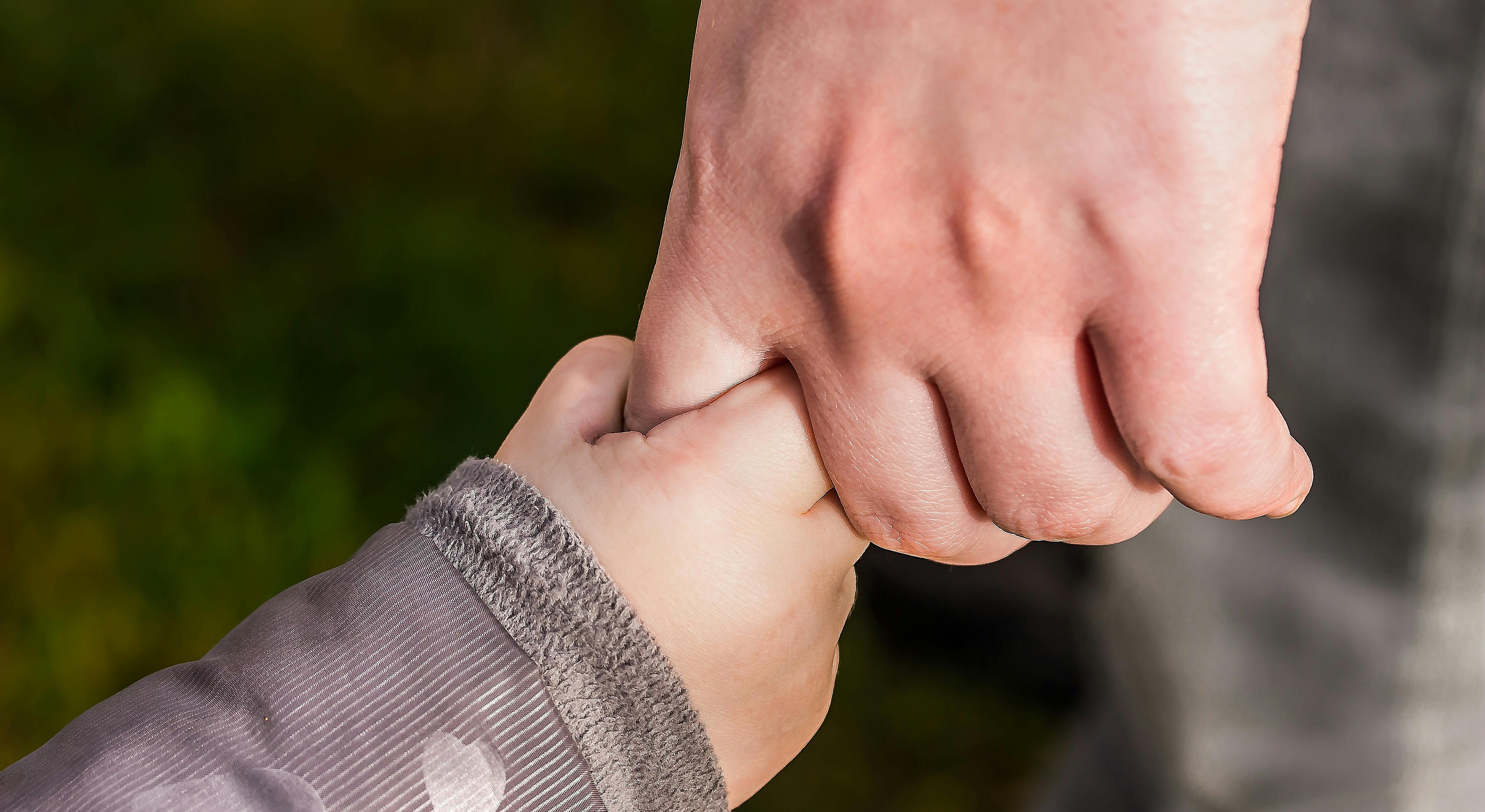The more you enjoy your meditation practice, as opposed to it being something you think you should do, the more likely you are to stick with it and the more easily you’ll find your way back to meditation if life gets in the way and you lose your rhythm. In our experience, bringing an element of ritual to your meditation practice can help infuse it with joy and meaning.
Below we have listed some of the elements of ritual that you might like to consider in relation to your meditation practice. We recommend experimenting with any that resonate or appeal to you while leaving anything that doesn’t. Ritual isn’t about doing a routine mindlessly. Rather, it’s a way of building something positive into your practice to remind you why it’s important to you and what it is you enjoy about it.
Create your own meditation space.
It can be helpful to create a ‘meditation space’ in your home (or workplace) - a quiet space where you feel removed from the busyness of everyday life. Somewhere that feels safe, comfortable and where you can relax. You might use part of a spare room or study. You could mark your meditation space by keeping a particular chair, rug or cushion in this place. As you meditate regularly in the same space it will become a support for your meditation.
![]()
Meditate at the same time each day.
Experiment with your practice and see if you can determine the time of day that works best for you to meditate. For some people, it’s first thing in the morning before the rest of the household is awake, a time that’s quiet and that nothing (except the snooze button) can get in the way of. For others, it’s part of winding down for the evening and preparing for a good night’s sleep.
![]()
Open your practice with a gesture of appreciation.
You might mark the beginning of your meditation practice by lighting a candle as you sit down to meditate. Or you might read a poem or play a particular piece of music. There is no one ‘right’ way to do this. Explore and experiment and see what, if anything, resonates. A gesture of appreciation can help make your meditation feel special; something you enjoy and look forward to.
![]()
Set an intention for your practice.
As you settle into your meditation posture you might like to set an intention for your meditation. Consider what it is you’d like to grow a little more of as you meditate - self-kindness, curiosity, openness? Perhaps you have a tendency to be hard on yourself whenever you become distracted during meditation so you might set an intention to be kinder to yourself as you practice. Perhaps you’ve noticed that you become easily frustrated by noises when you meditate, so you might set an intention to be more curious, about the noises you can hear as well as your reactions.
Close in gratitude.
Consider closing your meditation practice in gratitude. You might acknowledge yourself for taking the time out of a busy day to slow down and check-in with yourself; for how you practised - with kindness, patience or curiosity; you might feel gratitude for the practice itself, for the peaceful, safe physical space you are able to meditate in. As you bring to mind what you are grateful for, consider placing one hand over your heart or turning the corners of your mouth up ever so slightly, smiling at yourself. Notice what it feels like to connect to gratitude, if you can hold onto that feeling for a few moments longer than you usually would, savour it, really soak it in.
Turn everyday activities into mini rituals with informal mindfulness.
By consciously engaging your senses you can bring mindfulness to any number of everyday activities. For example:
Brushing your teeth.
Try bringing your full awareness to the action of brushing your teeth and to the sensations in your mouth.Your morning coffee.
Before you take your first sip enjoy the aroma; notice the warmth of the cup in your hands. Then, when you’re ready, take your first sip, really savour it and enjoy the taste rather than simply throwing it back for the caffeine hit.
Walking.
Try taking short breaks during the day and go outside for a few minutes. Walk slowly, and as you do take in the details of your surroundings, become aware of the feeling of air or sunshine against your skin, notice your breath and the sensations in your body.
Music.
Stop what you’re doing and put on a favourite song or piece of music. Rather than engaging in another activity at the same time, see if you can hold your attention on the music. You might close your eyes and sit in stillness as you really listen.


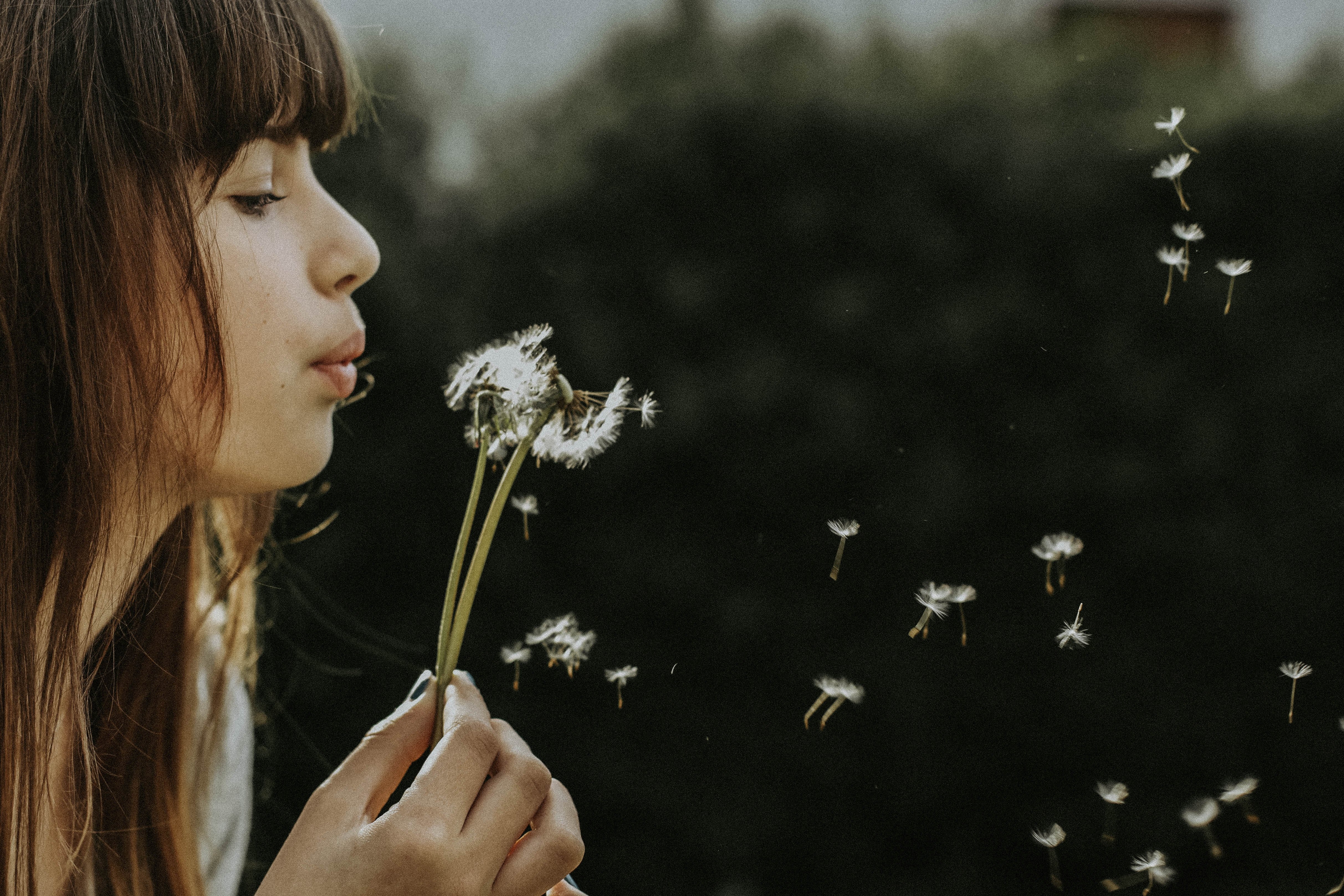






.jpg)

